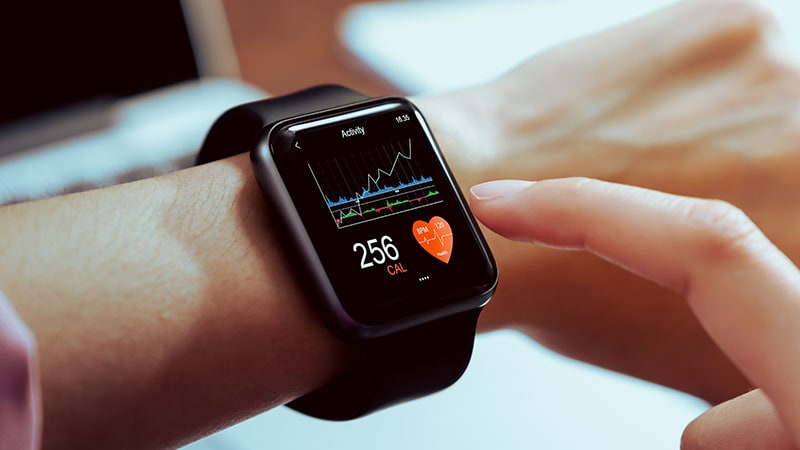Core Concepts
Wearable devices combined with automated algorithms can passively monitor disease parameters in multiple sclerosis patients, potentially predicting disease progression.
Abstract
A pilot study suggests wearable devices with automated algorithms can monitor disease parameters in multiple sclerosis patients.
Data analysis was in line with expectations, and patient feedback was positive.
The tool kit is feasible for remote monitoring of health status in multiple sclerosis patients.
Leveraging big data through AI and machine learning can provide clinically actionable information for better treatment outcomes.
The study aimed to collect patient-centered data using wearables and mobile devices to predict disease course.
The tool kit showed high levels of confidence and usability among participants.
The study aims to further analyze adherence and usability data and target patients likely to benefit from the tool kit.
Wearables may help predict relapse and disease progression in multiple sclerosis.
Wearable Devices Show Promise in Monitoring MS
Stats
Participants took an average of 8415 steps per day.
Daily sedentary minutes were 705.1.
Mean Perceived Deficit Questionnaire score was 25.2.
Mean Beck Anxiety Inventory score was 17.3.
Mean Expanded Disability Status Scale was 2.2.
Quotes
"The tool kit seems feasible and usable to remotely monitor multiple domains of health status in people with multiple sclerosis." - Ludovico Pedullà, PhD
"There are nice benefits of an integrated platform...even better if it can also send the data to clinicians." - Riley M. Bove, MD, MSc
Key Insights Distilled From
by Liam Davenpo... at www.medscape.com 10-18-2023
https://www.medscape.com/viewarticle/997495
Deeper Inquiries
How can wearable technology improve patient outcomes beyond monitoring?
Wearable technology can improve patient outcomes beyond monitoring by providing continuous, real-time data that can be used for early intervention and personalized treatment plans. By tracking various health parameters such as activity levels, sleep patterns, and symptom severity, wearables can help healthcare providers identify trends, predict exacerbations, and adjust treatment strategies accordingly. This proactive approach can lead to better disease management, improved quality of life, and potentially reduced healthcare costs in the long run.
What are potential drawbacks or limitations of relying on wearables for disease prediction?
One potential drawback of relying on wearables for disease prediction is the accuracy and reliability of the data collected. Factors such as device calibration, user compliance, and environmental influences can impact the quality of the data, leading to inaccurate predictions. Additionally, wearables may not capture all relevant health parameters or subtle changes in disease progression, limiting their predictive capabilities. Privacy concerns related to the collection and sharing of sensitive health data from wearables also pose ethical challenges that need to be addressed.
How can the use of wearables in healthcare be expanded to other chronic conditions?
The use of wearables in healthcare can be expanded to other chronic conditions by customizing the technology and algorithms to monitor specific disease parameters unique to each condition. For example, in diabetes management, wearables can track blood glucose levels, physical activity, and dietary habits to optimize insulin dosing and prevent complications. Similarly, in cardiovascular diseases, wearables can monitor heart rate, blood pressure, and exercise tolerance to assess cardiac function and guide treatment decisions. Collaborations between healthcare providers, researchers, and technology developers are essential to design and validate wearable solutions tailored to the needs of patients with different chronic conditions.
0
